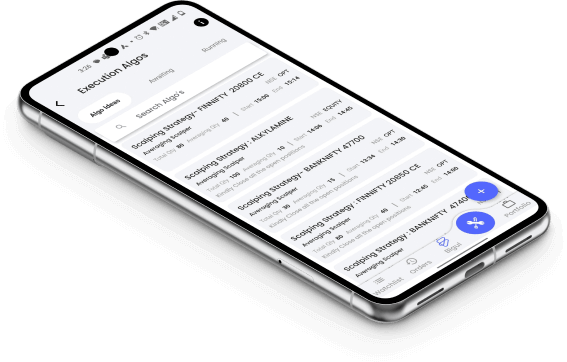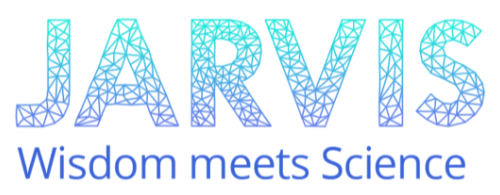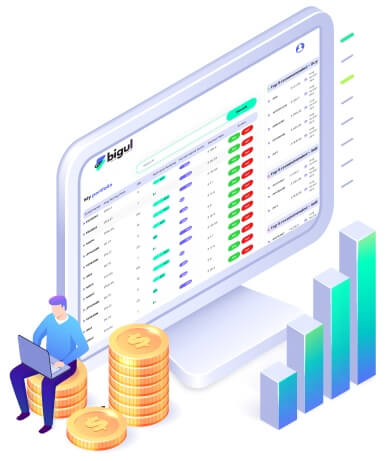Over time, both Nifty 50 and Nifty Total Market have been steadily increasing in value. Nifty 50 has, on average, grown by 11.21% per year since it started, and the Nifty Total Market has seen a growth of approximately 12.99% in its price.
Let's take a closer look at how much they've been growing:
Nifty 50 Historical Performance Analysis
The Nifty 50 index has delivered an impressive average annual return of 11.21% since its inception in 1995. This growth has been driven by a combination of factors, including strong economic growth in India, the rise of the services sector, and the increasing participation of foreign investors in the Indian stock market.
Key Drivers of Nifty 50's Performance:
● Economic Growth: India's economy has grown rapidly over the past two decades, with GDP growth averaging 6.5% per year. This growth has been supported by a number of factors, including a young and growing population, rising incomes, and increased investment in infrastructure.
● Services Sector Growth: The services sector has been a major driver of India's economic growth, accounting for over 50% of GDP. The growth of this sector has been fueled by rising demand for services such as banking, finance, insurance, and healthcare.
● Foreign Investment: Foreign investors have played an increasingly important role in the Indian stock market in recent years. Foreign institutional investors (FIIs) now hold over 20% of the shares listed on the National Stock Exchange (NSE). This investment has helped to boost the liquidity and volatility of the Indian stock market.
Performance of Nifty 50 Over Different Time Periods
The Nifty 50 index has delivered strong returns over different time periods. The following table shows the index's performance over the past 1, 3, 5, and 10 years:
|
Time Period
|
Annualized Return
|
|
1 Year
|
14.03%
|
|
3 Years
|
12.35%
|
|
5 Years
|
11.68%
|
|
10 Years
|
11.21%
|
As can be seen from the table, the Nifty 50 index has delivered strong returns over all time periods. However, note that historical performance is not indicative of future results.
Nifty Total Market Index Historical Performance Analysis
The Nifty Total Market Index (NTM) has provided steady growth over time. Here's an analysis of its historical performance:
●Index Returns: Since its inception in 2005, the NTM has delivered consistent returns, outperforming the Nifty 50 on several occasions. As of September 2023, the NTM has generated an annualized return of approximately 11.21%.
●Market Representation: The NTM offers a comprehensive representation of the Indian stock market by tracking the performance of the top 750 companies across various market capitalizations. It provides exposure to a broader range of sectors, including small-cap and mid-cap companies, which may offer higher growth potential.
●Risk Diversification: The NTM's diversified nature helps mitigate risks associated with concentrating investments in a few large-cap stocks. By investing in a wider range of companies, investors can spread their risk and potentially reduce portfolio volatility.
●Sector Allocation: The NTM's sector allocation has evolved over time, reflecting changes in the Indian economy. Currently, sectors such as financials, information technology, energy, and consumer goods have significant weightage in the index.
●Liquidity: The NTM's high liquidity makes it an attractive option for investors seeking to build diversified portfolios. Its constituents are actively traded on the National Stock Exchange (NSE), providing ample opportunities for buying and selling.
Overall, the Nifty Total Market Index has proven to be a valuable tool for investors looking for comprehensive and diversified exposure to the Indian stock market. Its historical performance highlights its potential for consistent growth and risk mitigation.















